Hongqi CA770
In the last 15 years or so, you could read about new car brands from China in car magazines again and again. However, only a few experts know about the early history in this field. Some car fans may still remember that Volkswagen established its first cooperative ventures in China starting in the mid-1980s. With Shanghai Volkswagen Automotive Co. Ltd. (today SAIC Volkswagen Automotive Co. Ltd.) from 1984 and FAW-Volkswagen Automotive Co. Ltd. from 1991, two mainstays were created to mobilize the people in the Middle Kingdom. This sentence already contains a lot of information about the time before 1984. Automobiles were absolute rarities on the streets of China. Only government bigwigs and a few large entrepreneurs were allowed to have one; the rest of the population used bicycles, rickshaws or ox carts. Astonishing, considering the many achievements that were carried from China to the world.
China’s history responsible for few cars in the country
Afer all, the Chinese invented gun powder, paper and the umbrella. But when it came to cars, they took a surprisingly long time. This is partly due to the political development of this huge country. The Qing dynasty of Chinese emperors lasted until 1911, then the last emperor, Puyi, was overthrown. This was followed by the Republic of China from 1912. Apart from a short attempt to rebuild the empire (1915/16) and the time as a puppet government state under Japanese leadership (1940 to 1945), this republic lasted until the proclamation of the People’s Republic of China on October 1, 1949. Up to this point, there were a few cars in the country, but mostly for representative government purposes or as ambulances. However, the new government of the People’s Republic wasn’t satisfied with the Soviet-made ZIS 110 sedans. They therefore commissioned local engineers to develop their own luxury sedan to show the world what was possible in China.
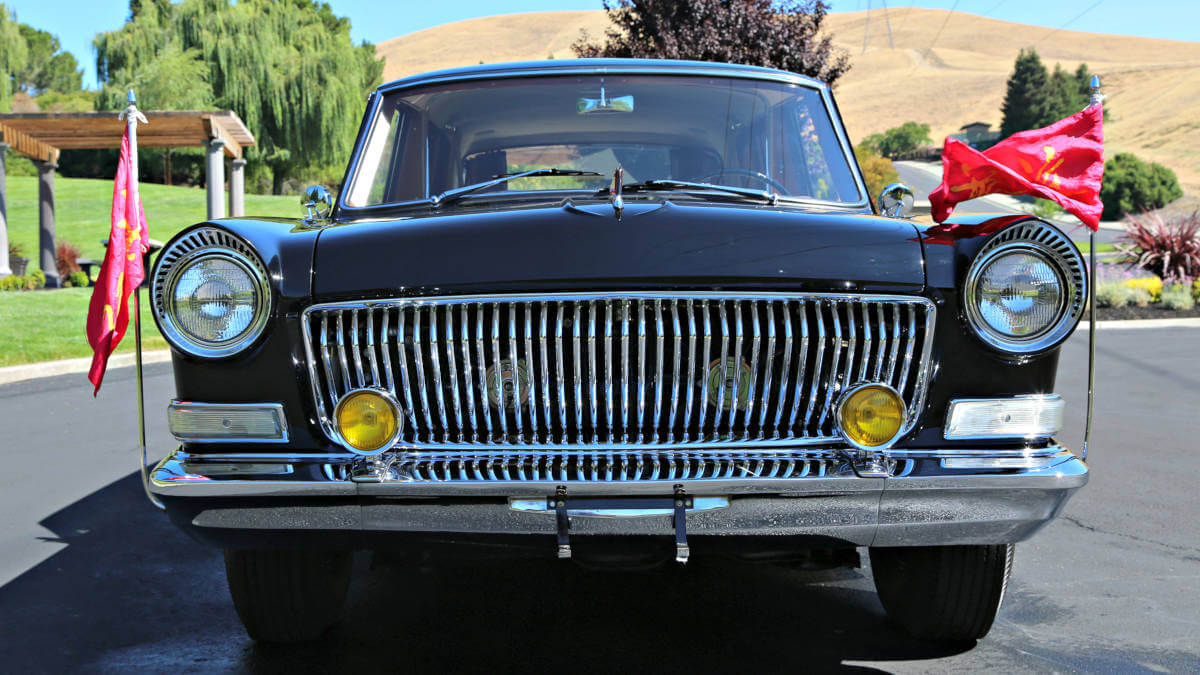



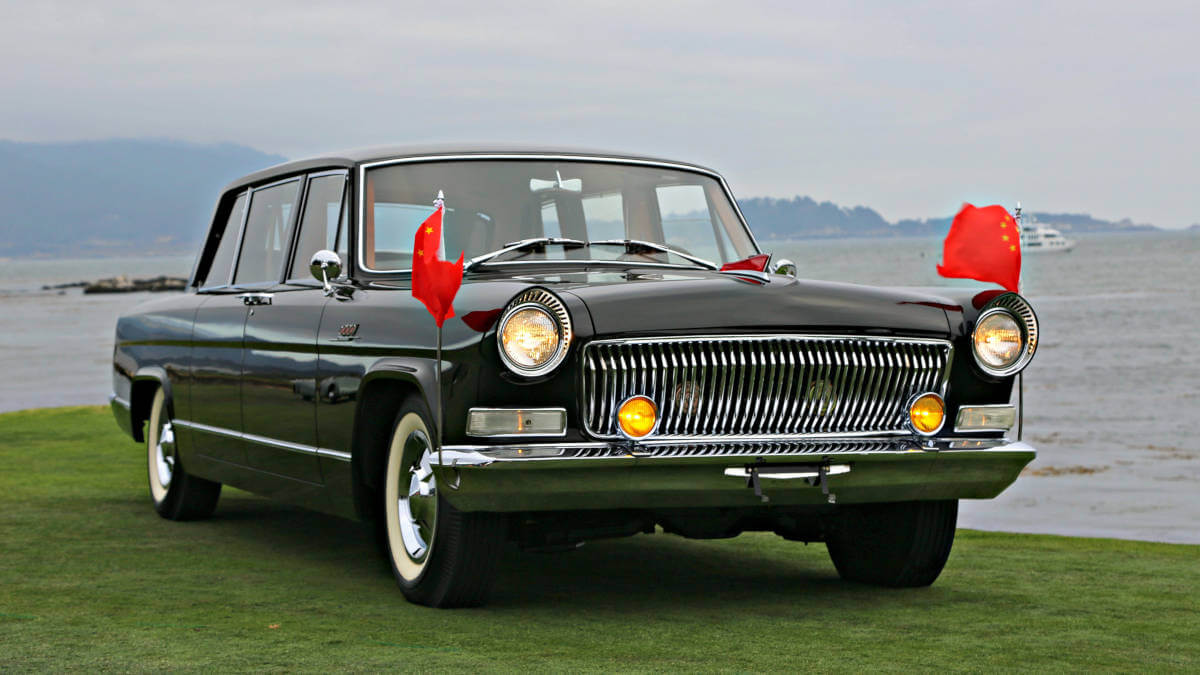



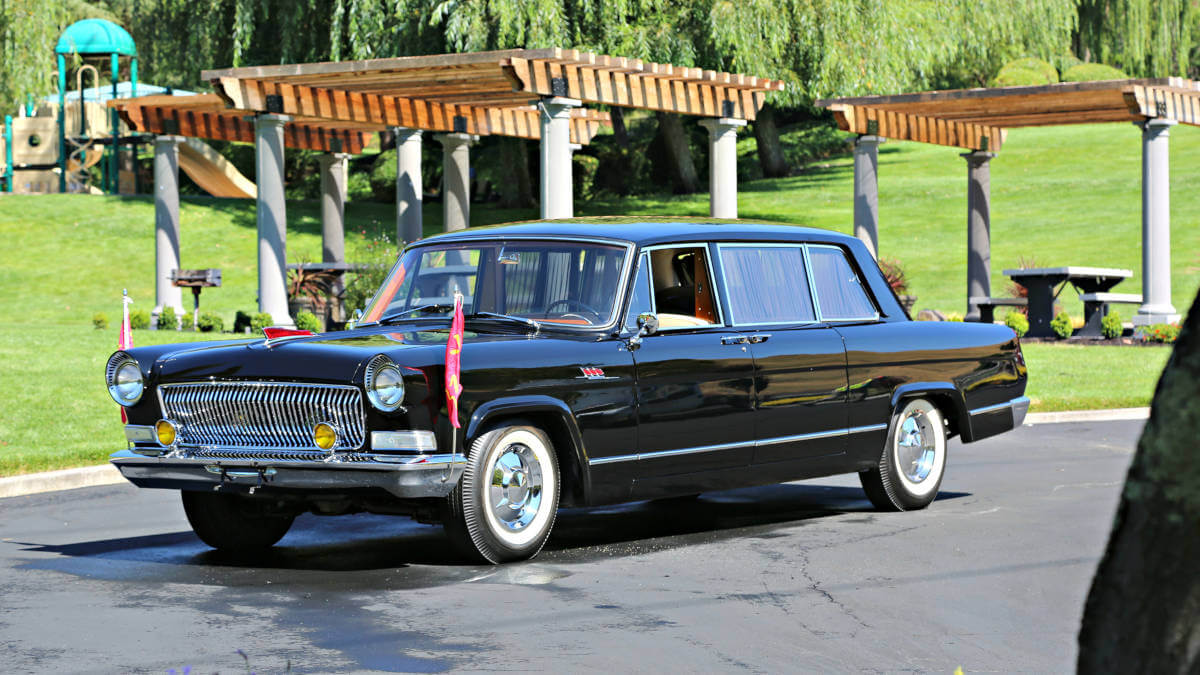



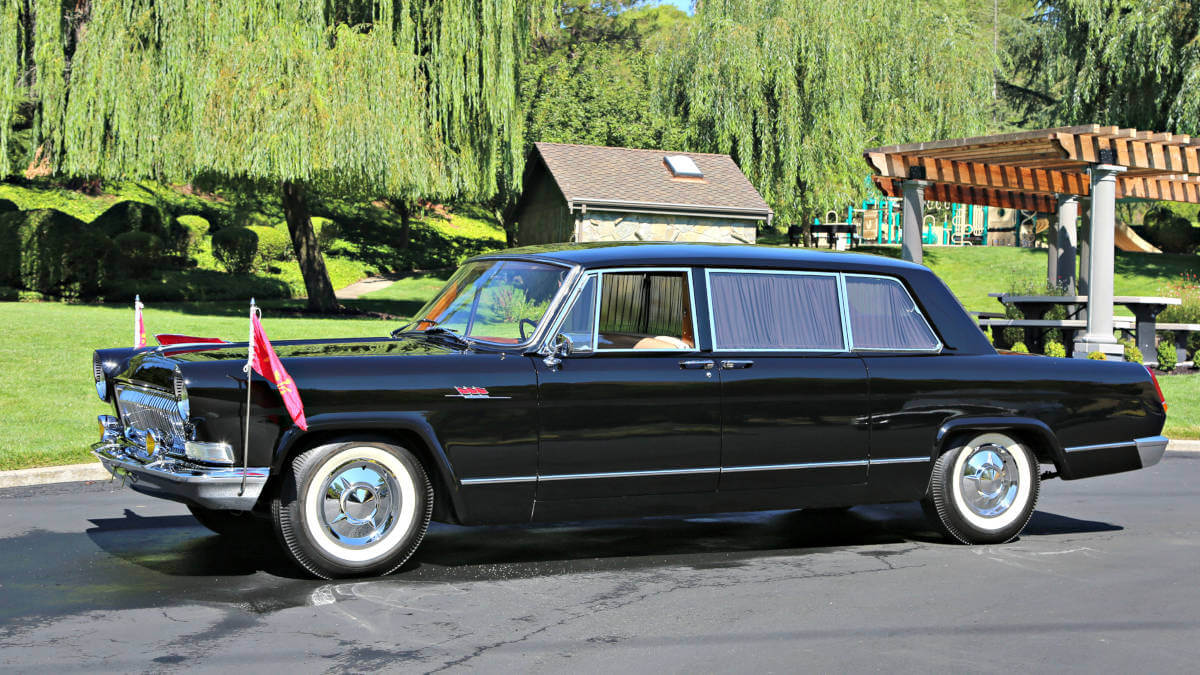



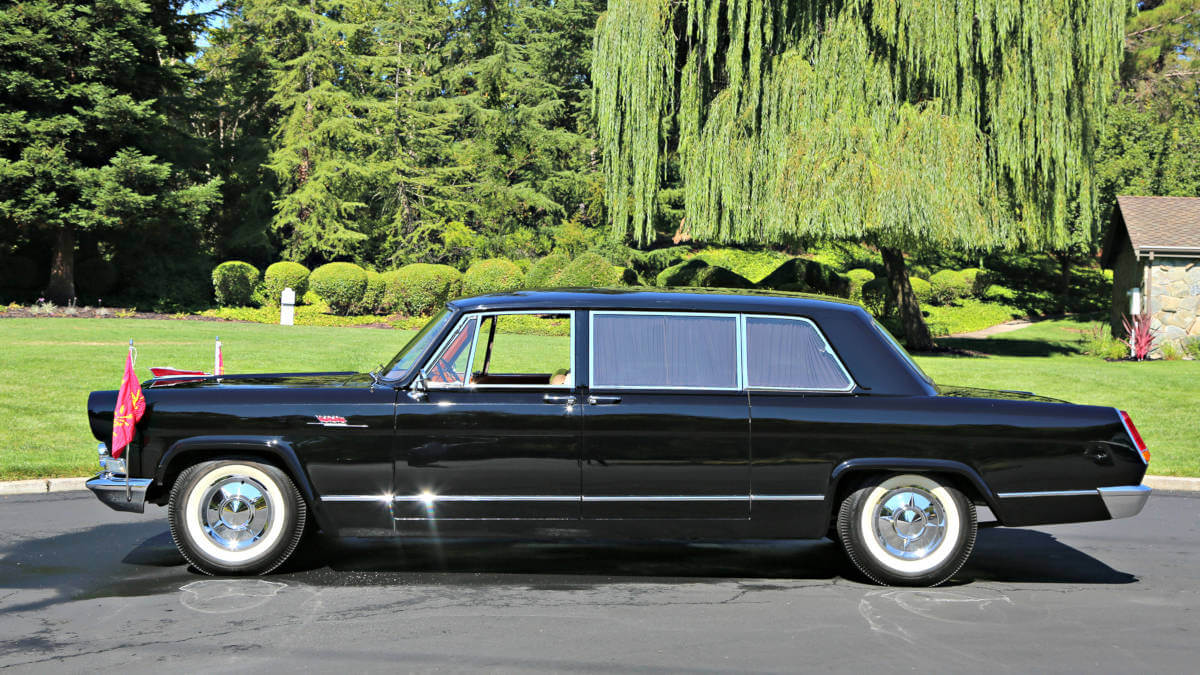



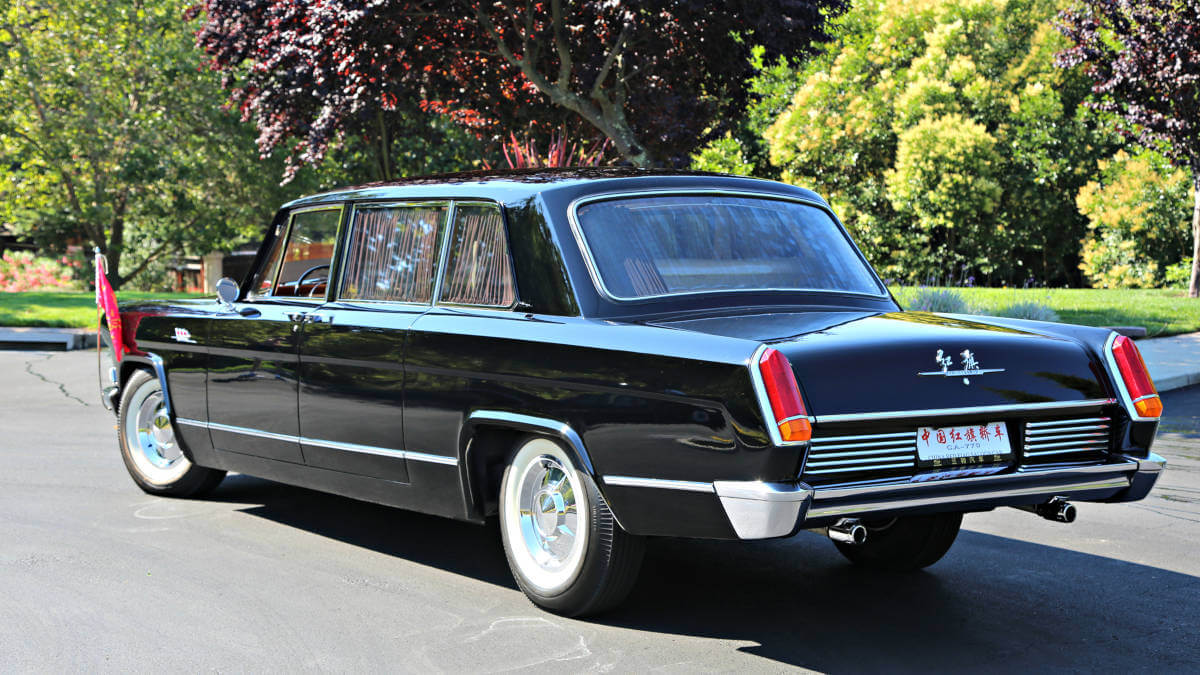



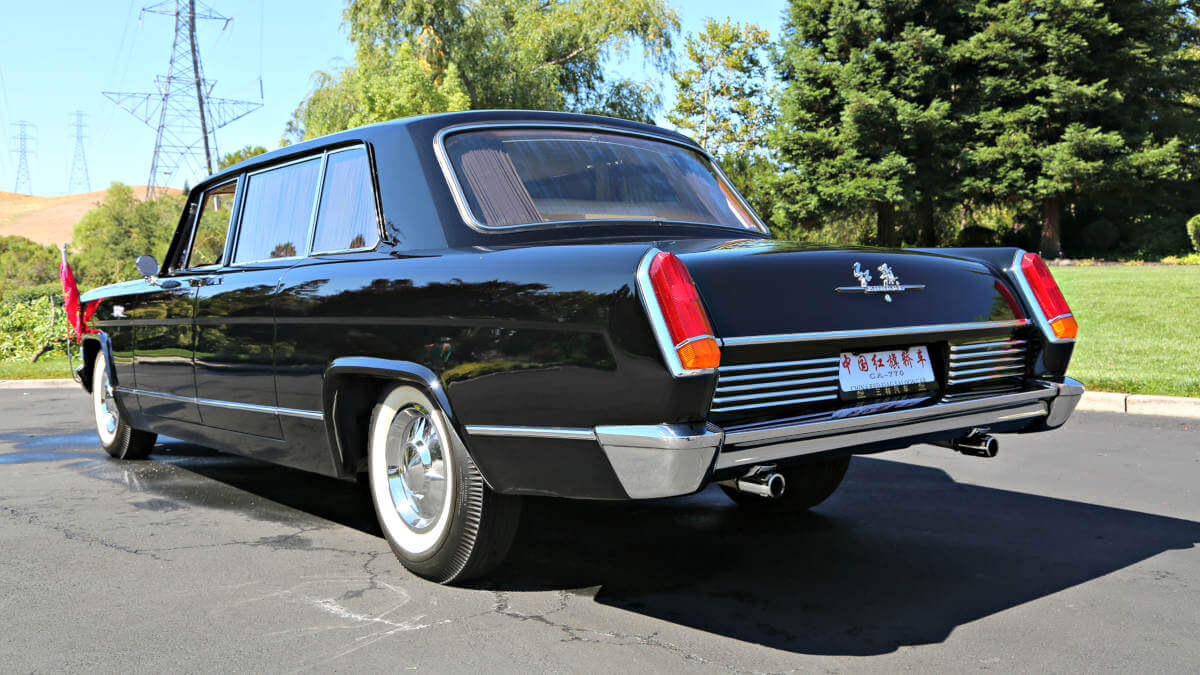



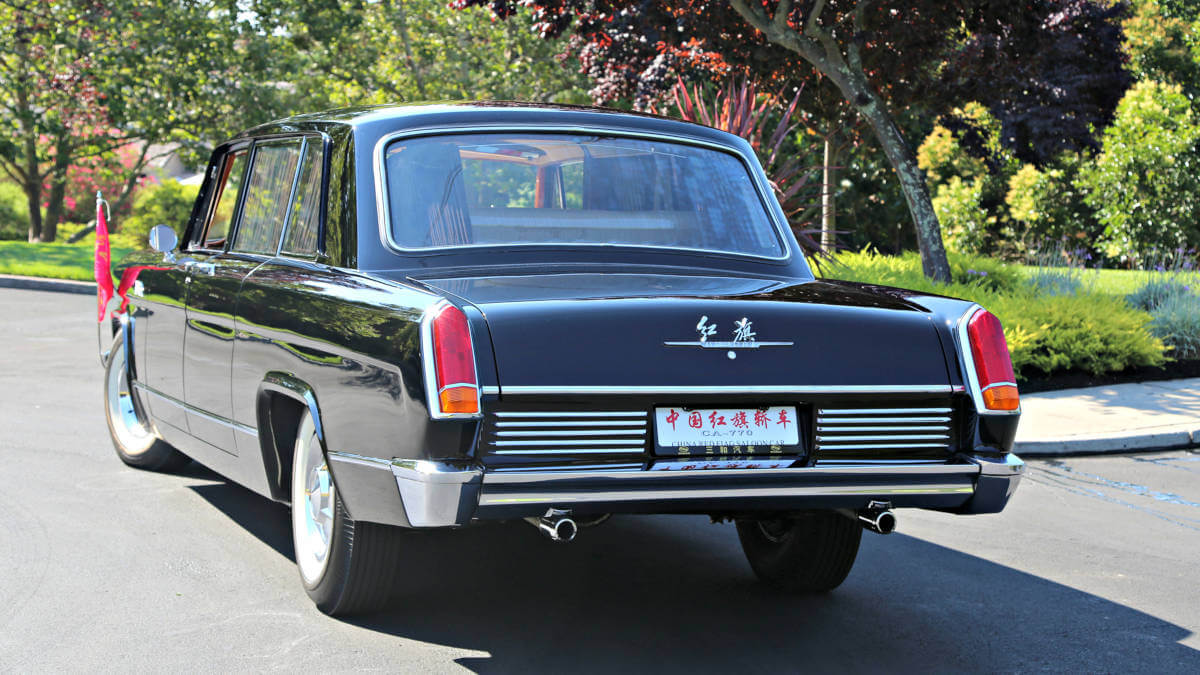



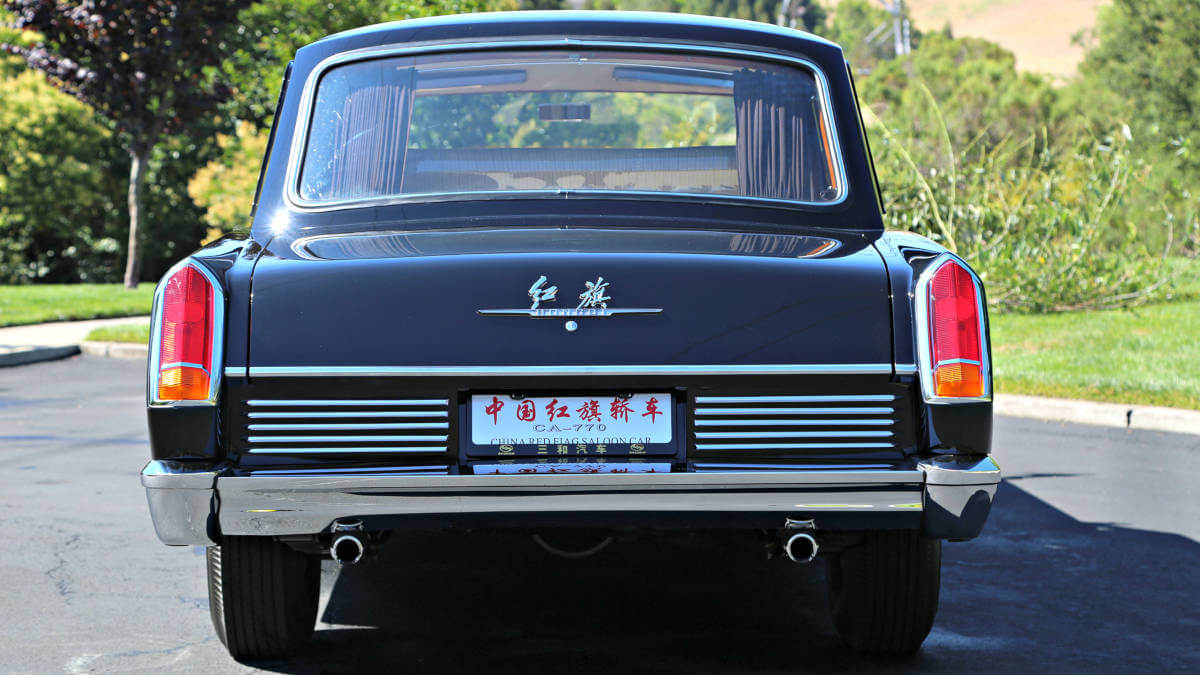



It began with a replica made of two cars
A weapons factory in Changchun used during World War 2 was completely renovated for this purpose in 1953. Launched under the name “Diyi Qiche Zhizao Chang”, this name was soon translated into English as “First Auto Works” (FAW). When the renovation work was completed in 1956, a four-ton truck named Jiefang CA10 initially rolled off the production line, which was a licensed production of the Russian ZIS-151. For this, the Soviet Russian government had provided technical support and supplied tooling. In addition, Soviet advisors ensured a reasonably smooth production start-up and the training of the first FAW workers. Once this work was done, the first car was developed. For this purpose, a 1956 Simca Vedette and a Mercedes-Benz 190 were acquired. In 1958, the mid-range Dongfeng model debuted with a body very similar to that of the Simca and a copy of the German engine. Around 30 examples were built by hand.
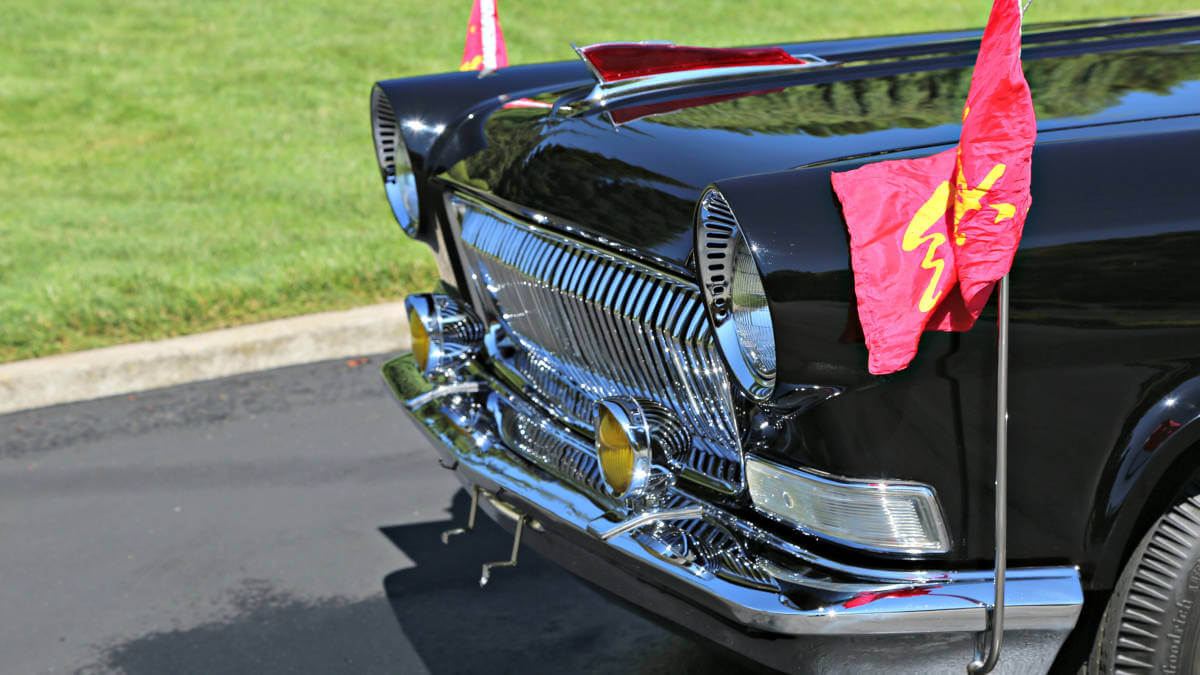



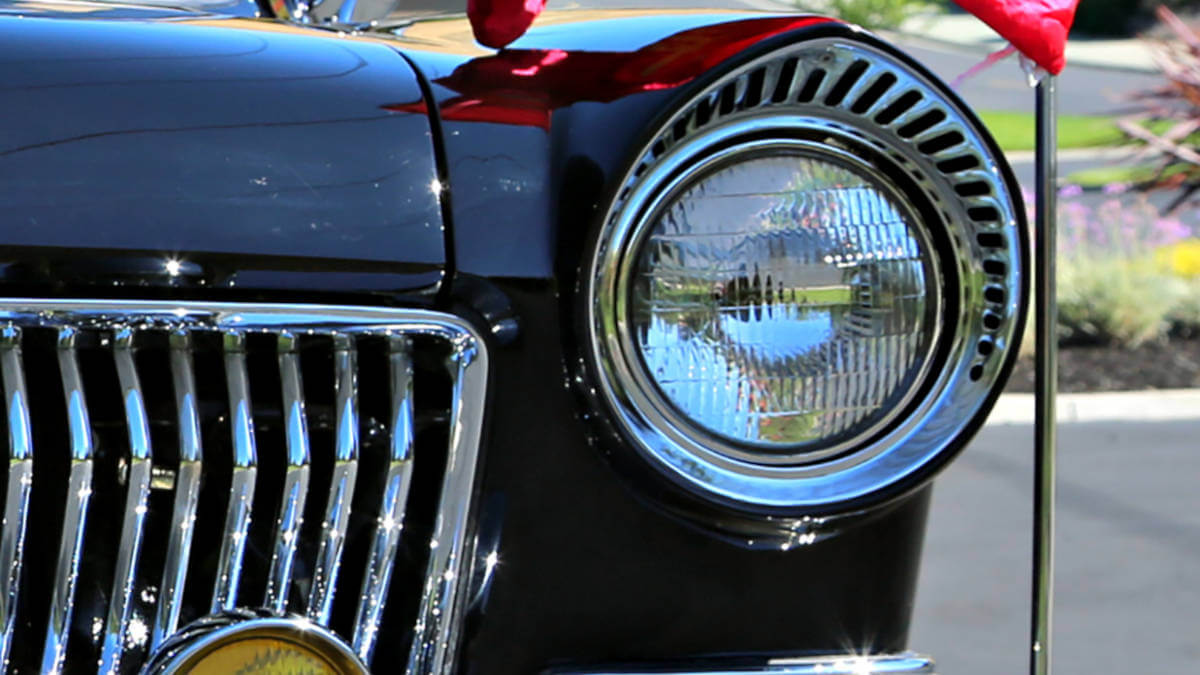



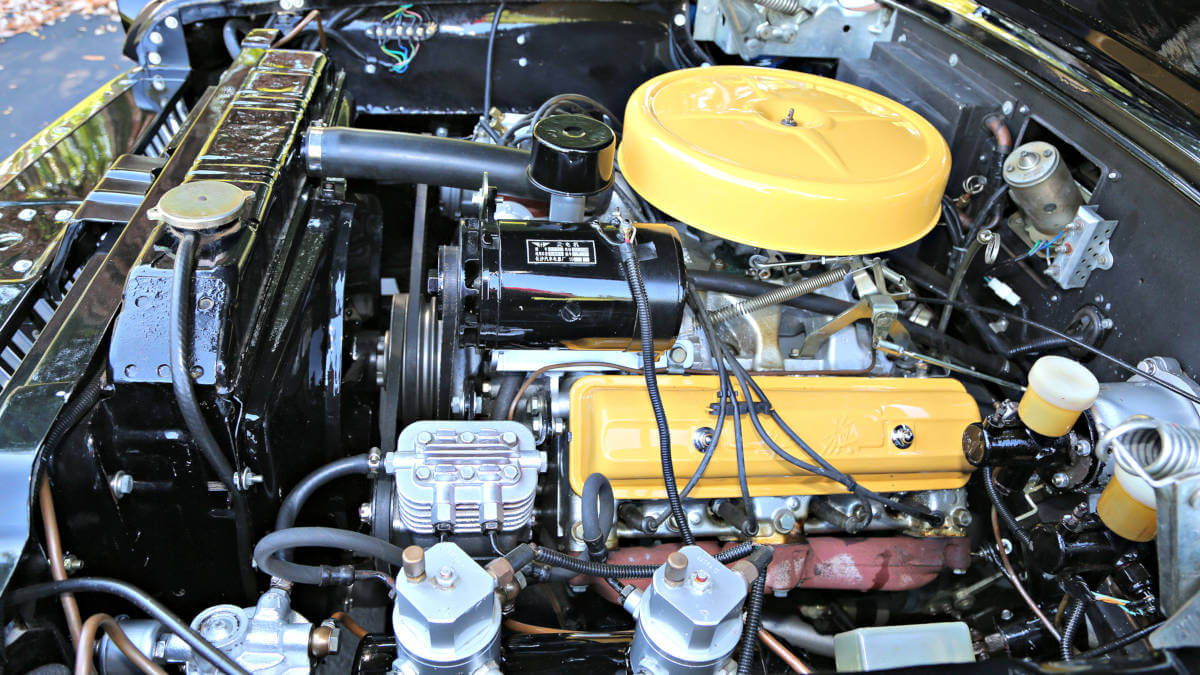



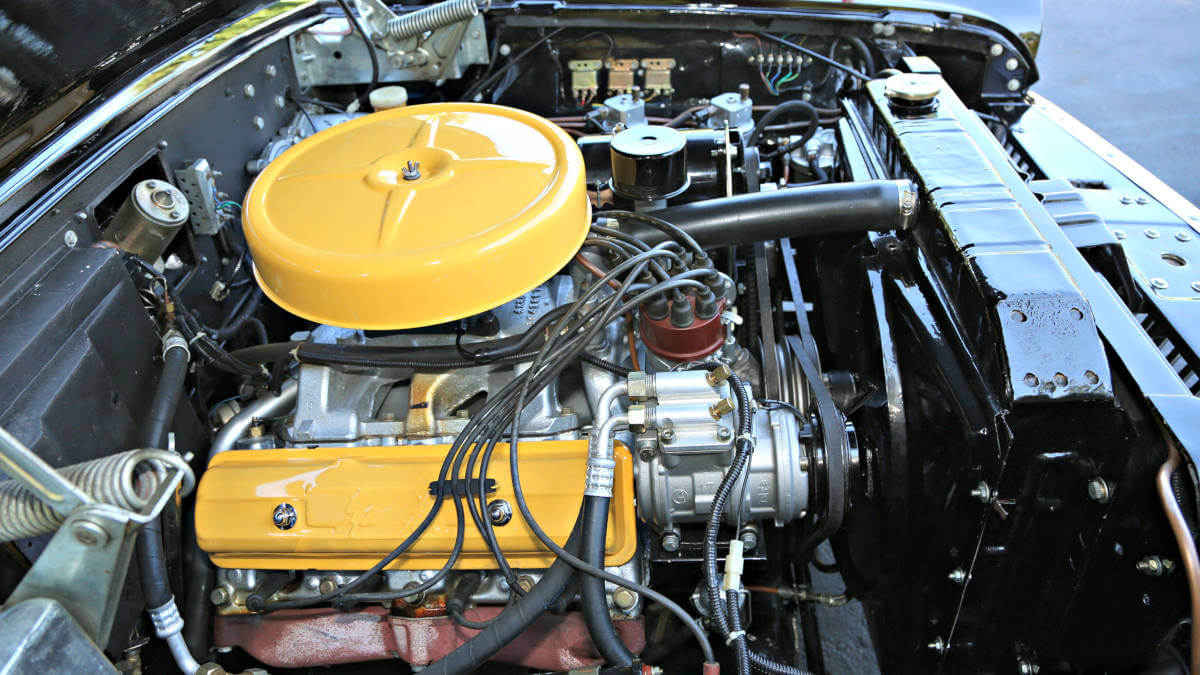



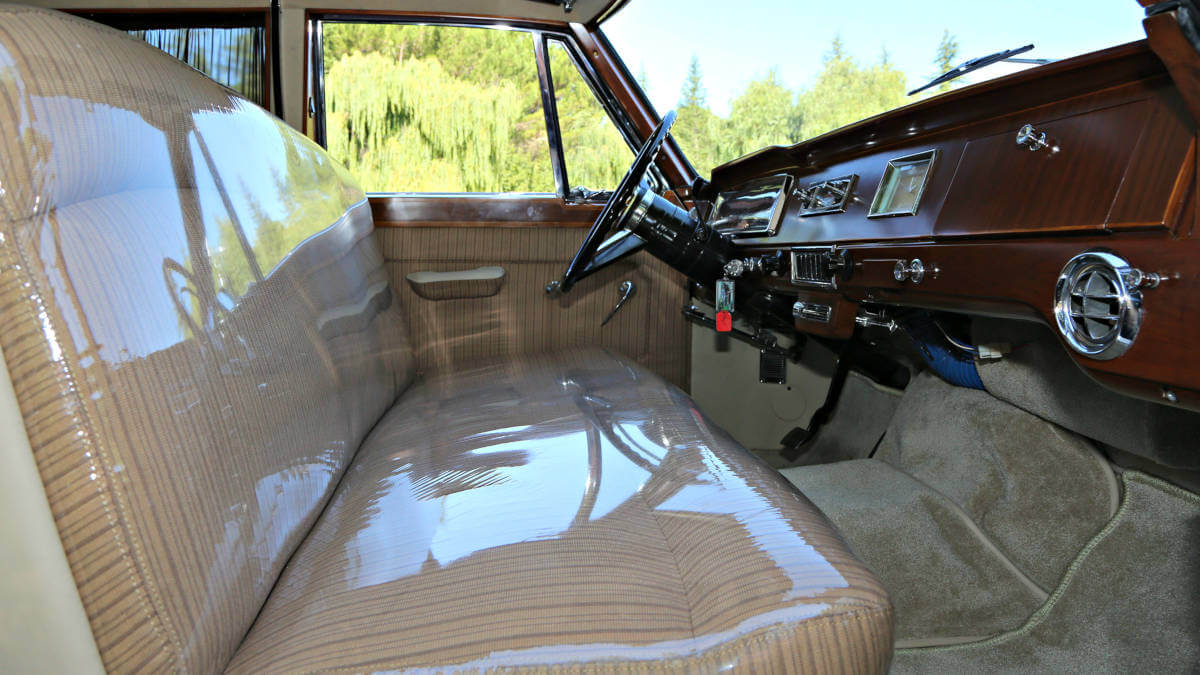



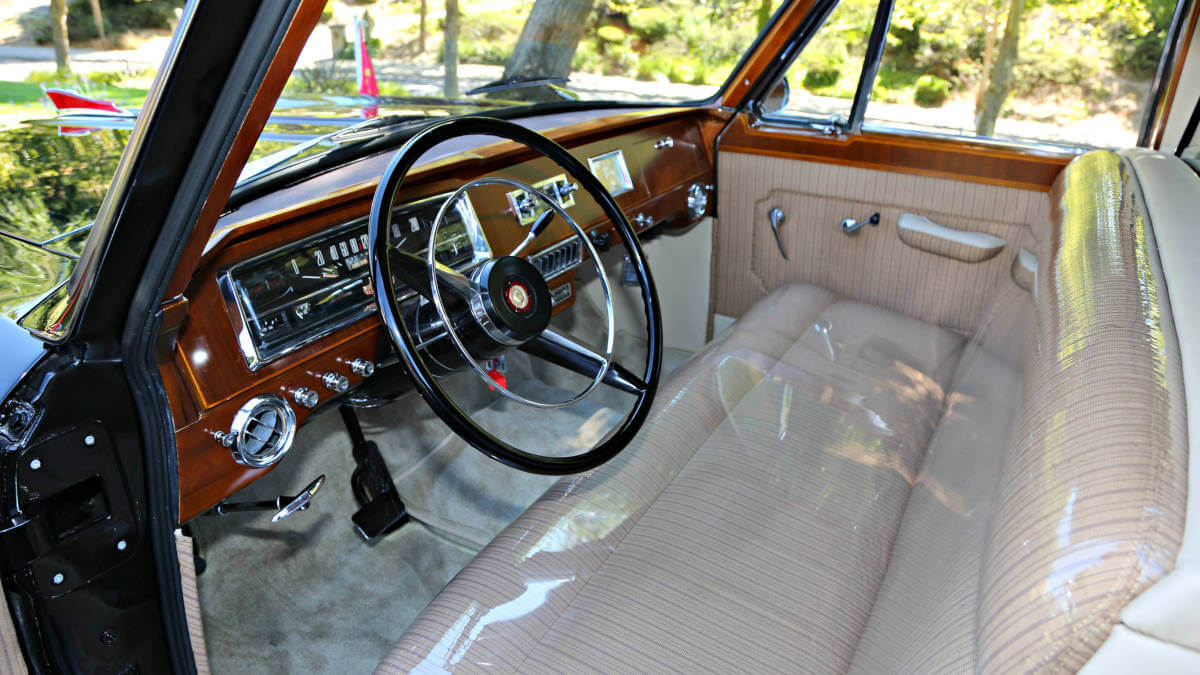



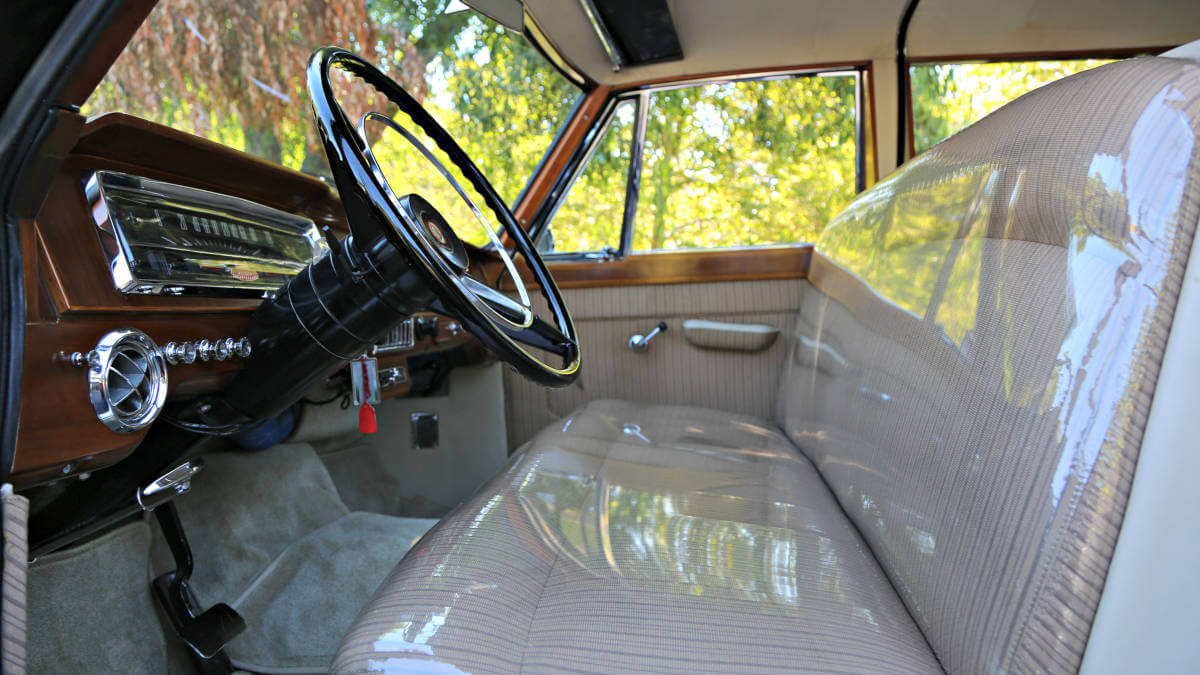



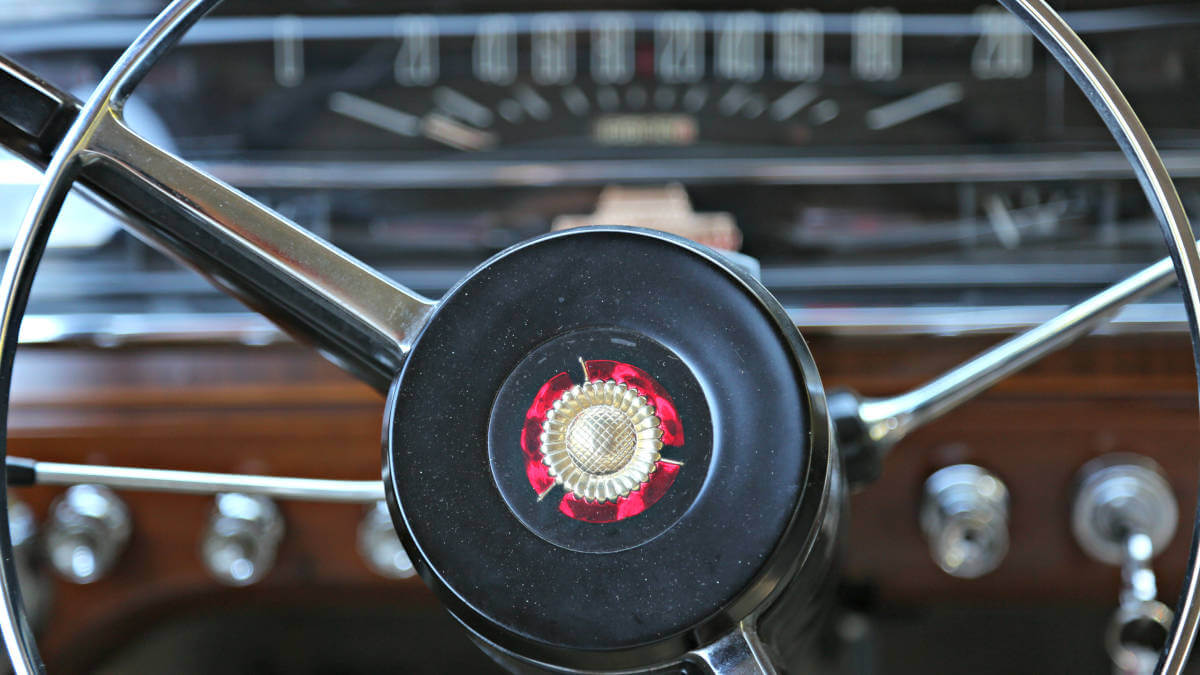



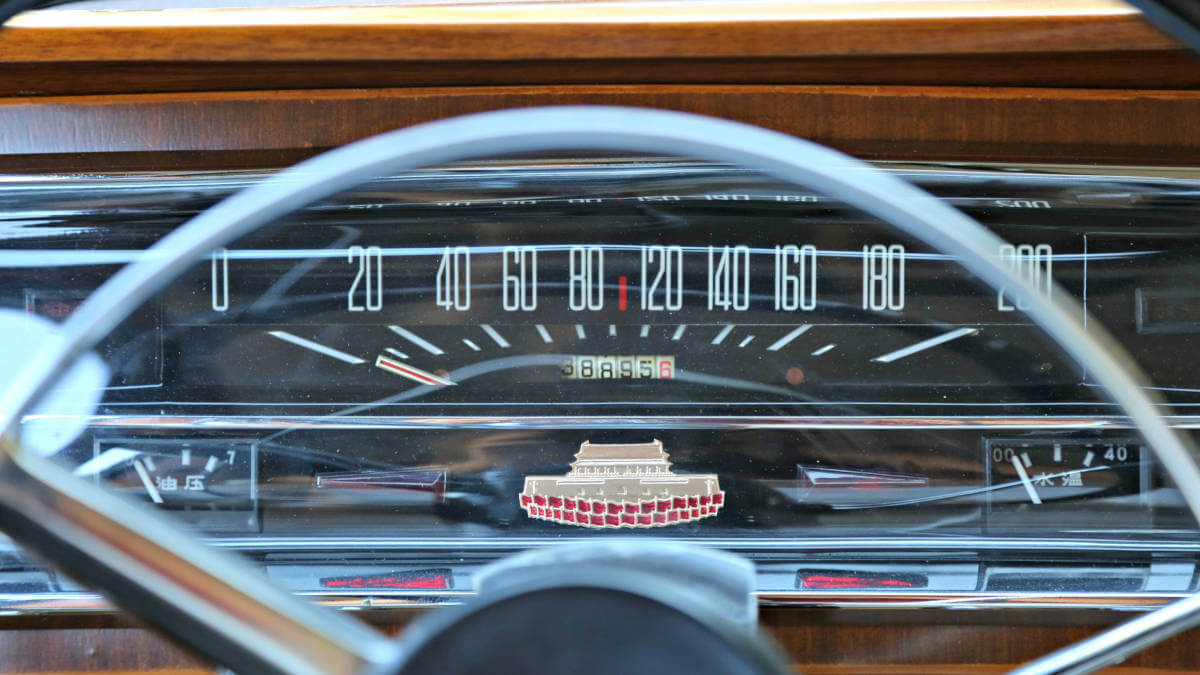



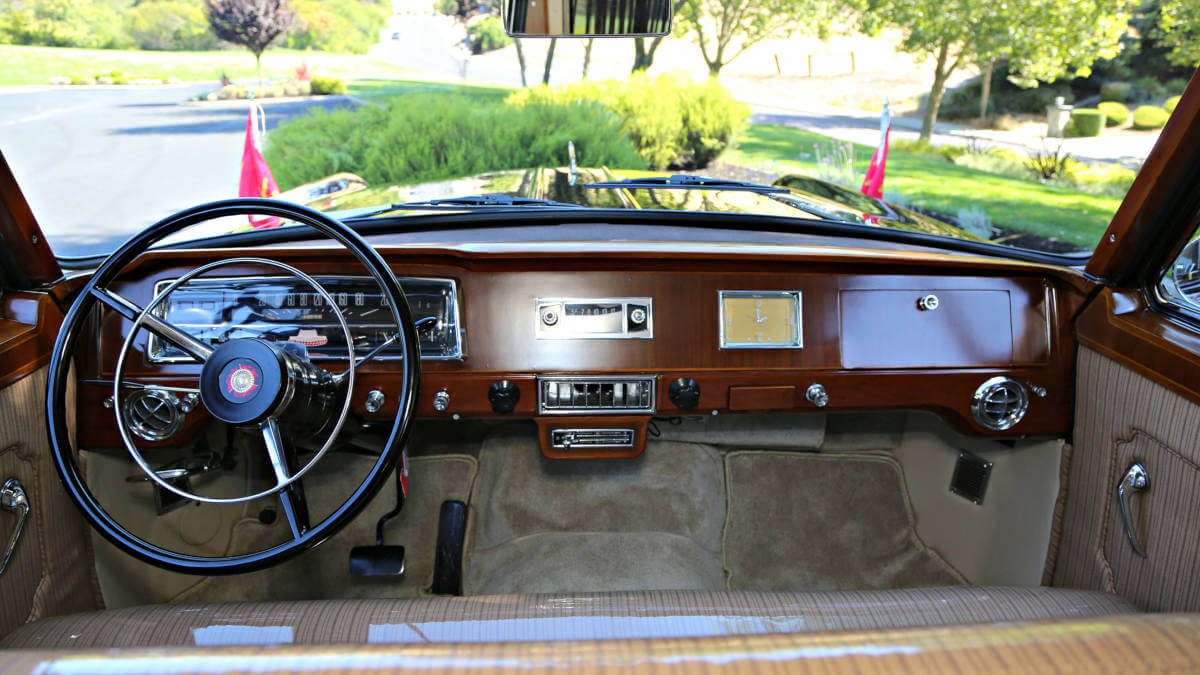



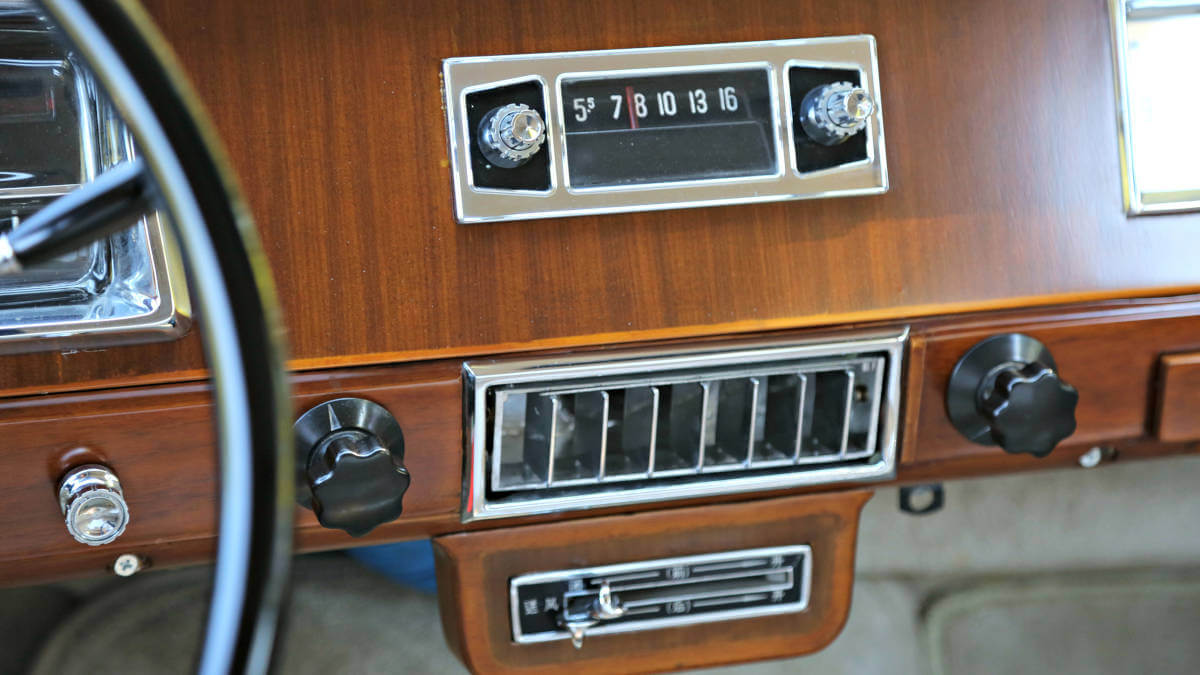







CA72 was the first Chinese luxury sedan
With the experience gained from building trucks and the Dongfeng sedan, the company turned its attention to the luxury sedan desired by the state. After less than a month of work, FAW presented the first Hongqi (Red Flag) prototype to top government officials in August 1958. Under the hood was a V8 engine with around 200 hp, which was to make the six-seater, black-painted sedan go as fast as 115 mph. Next to that, a hydraulically operated automatic transmission, power windows and high-quality sound insulation had been installed. Fragrant mahogany wood was used on the dashboard and door panels. A total of five prototypes were built, each of which received improvements over its predecessor. From the outside, the car corresponded in many details to US vehicles of the time, such as the Chrysler Imperial. However, FAW integrated doors that opened in opposite directions at the front and rear.
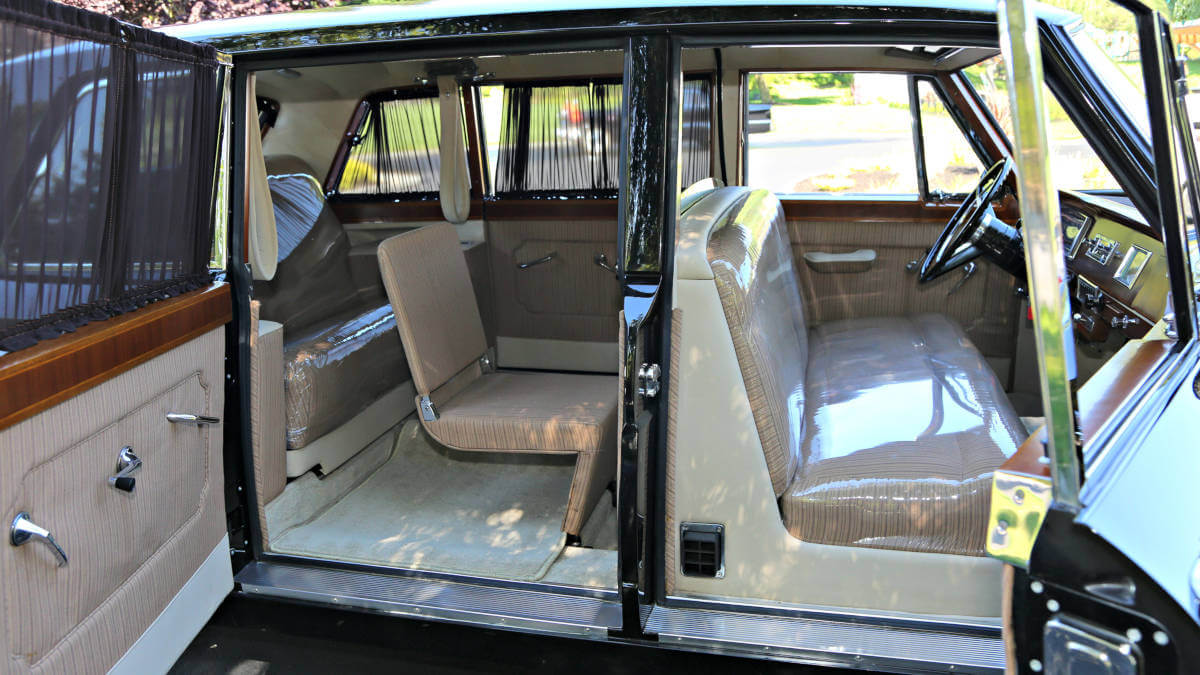







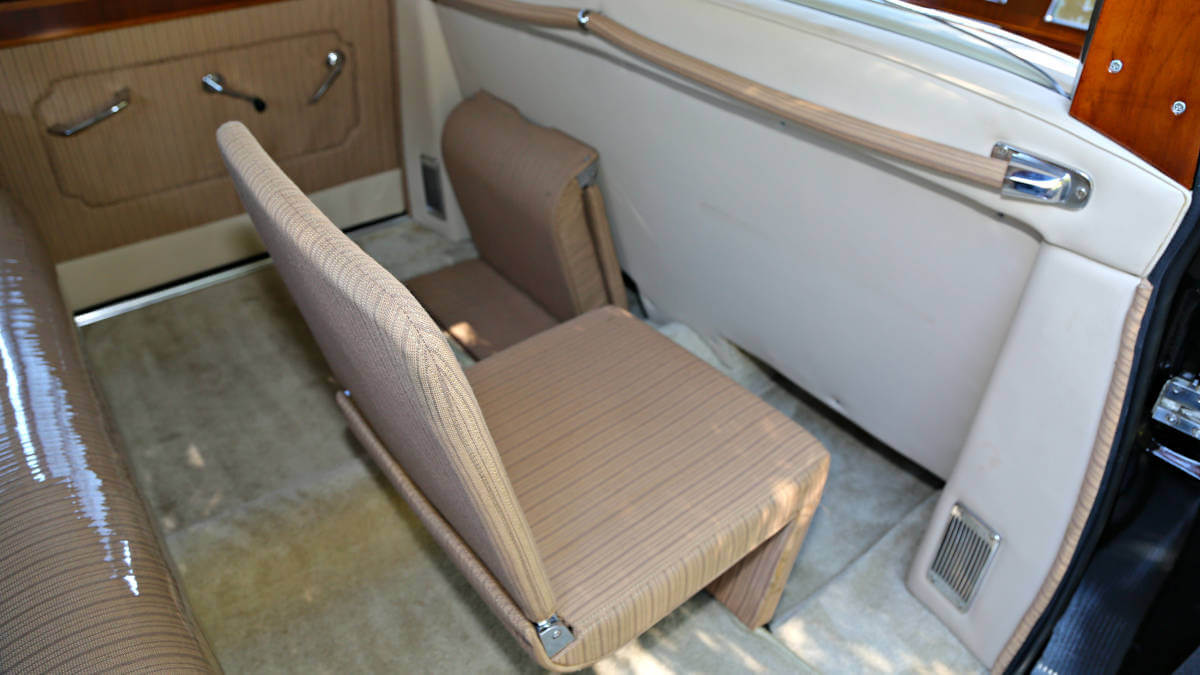



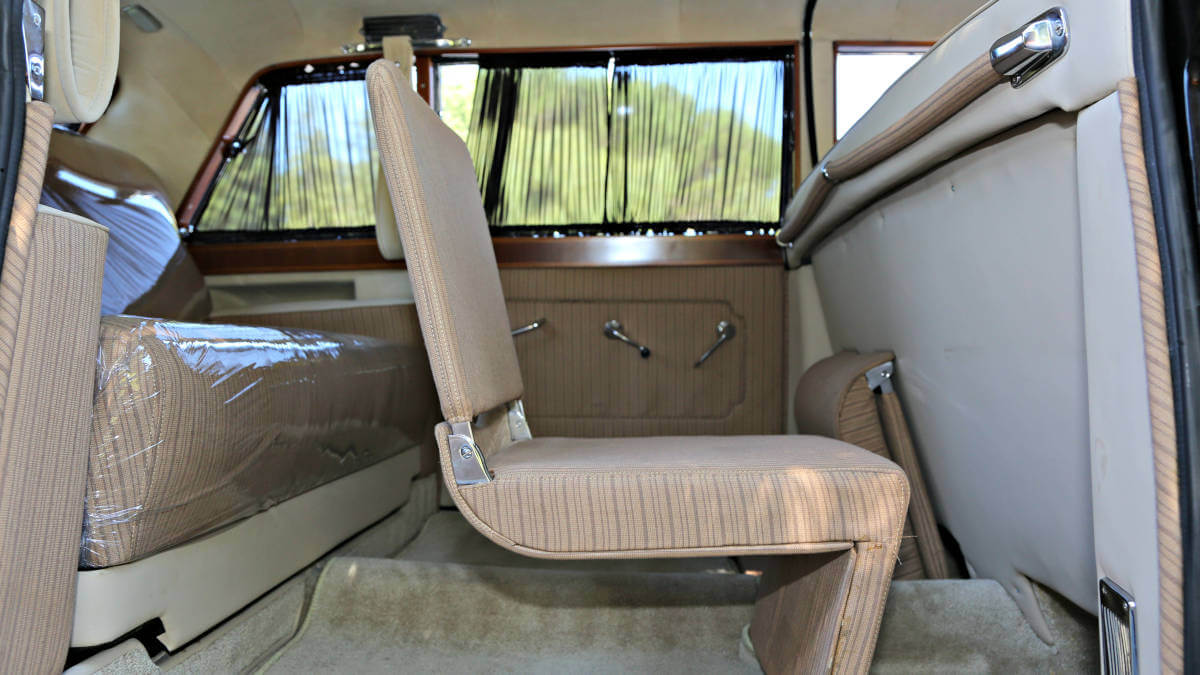



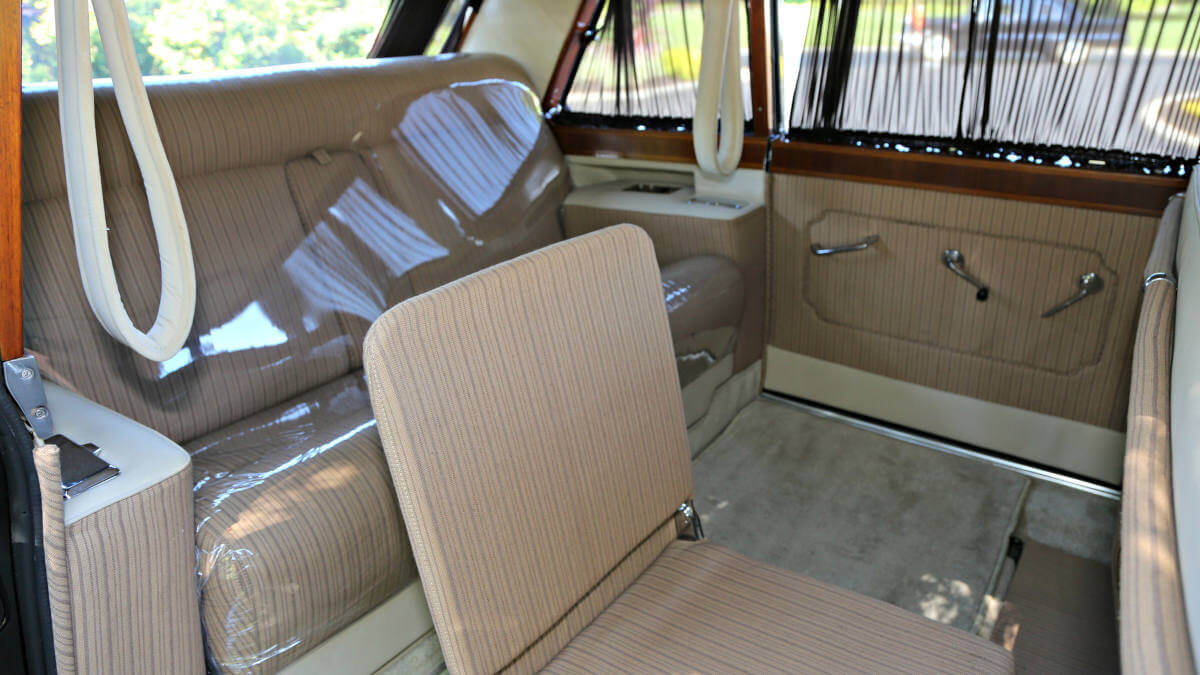



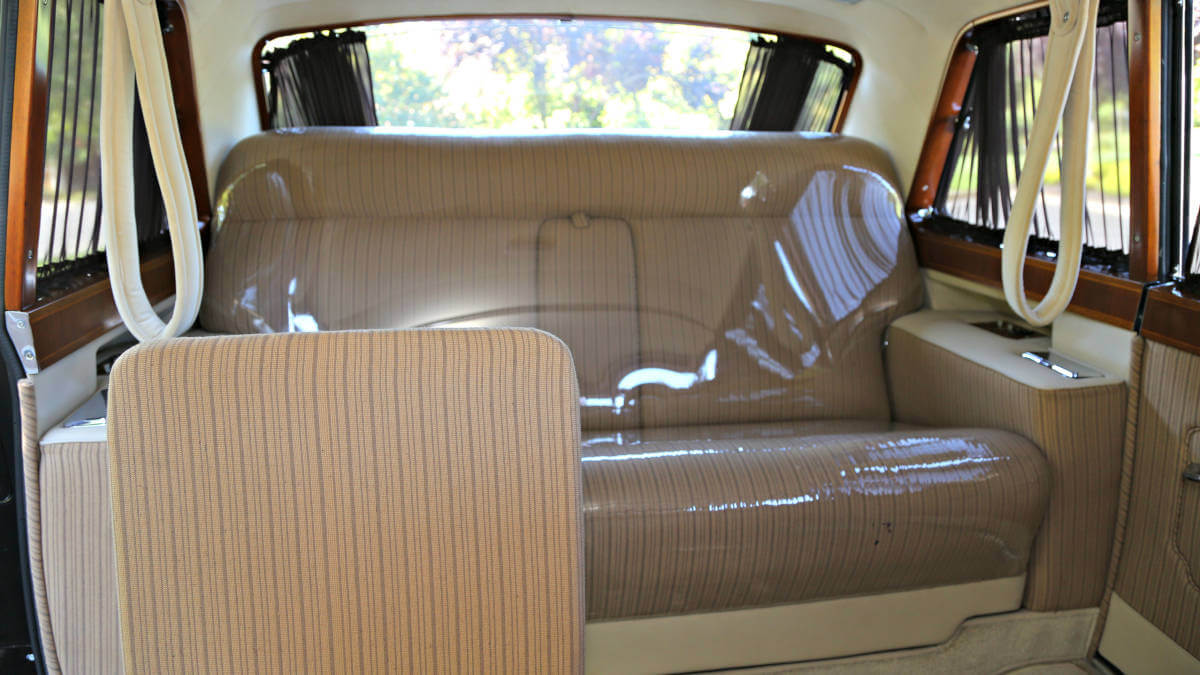



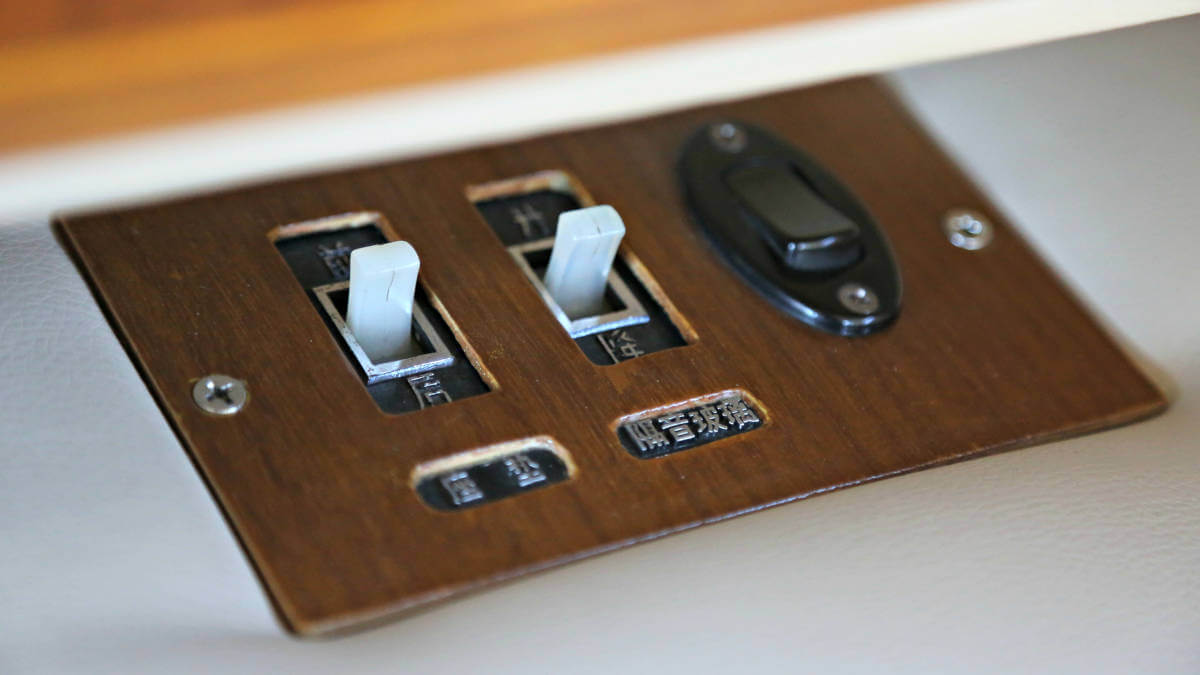



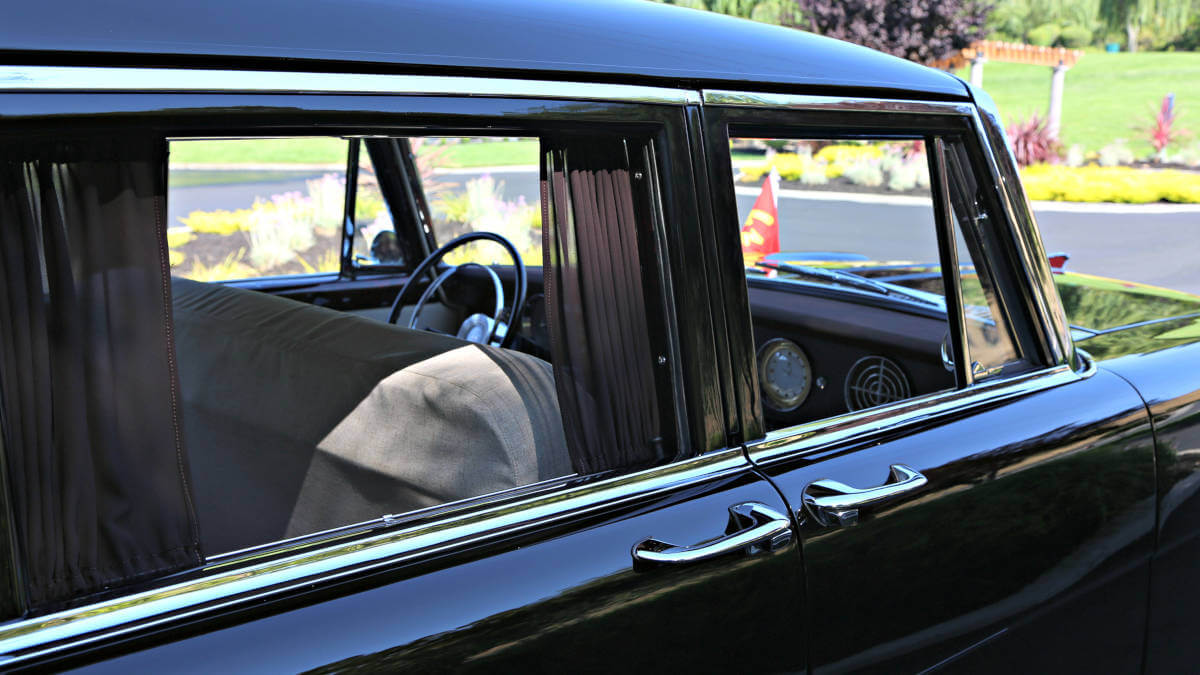



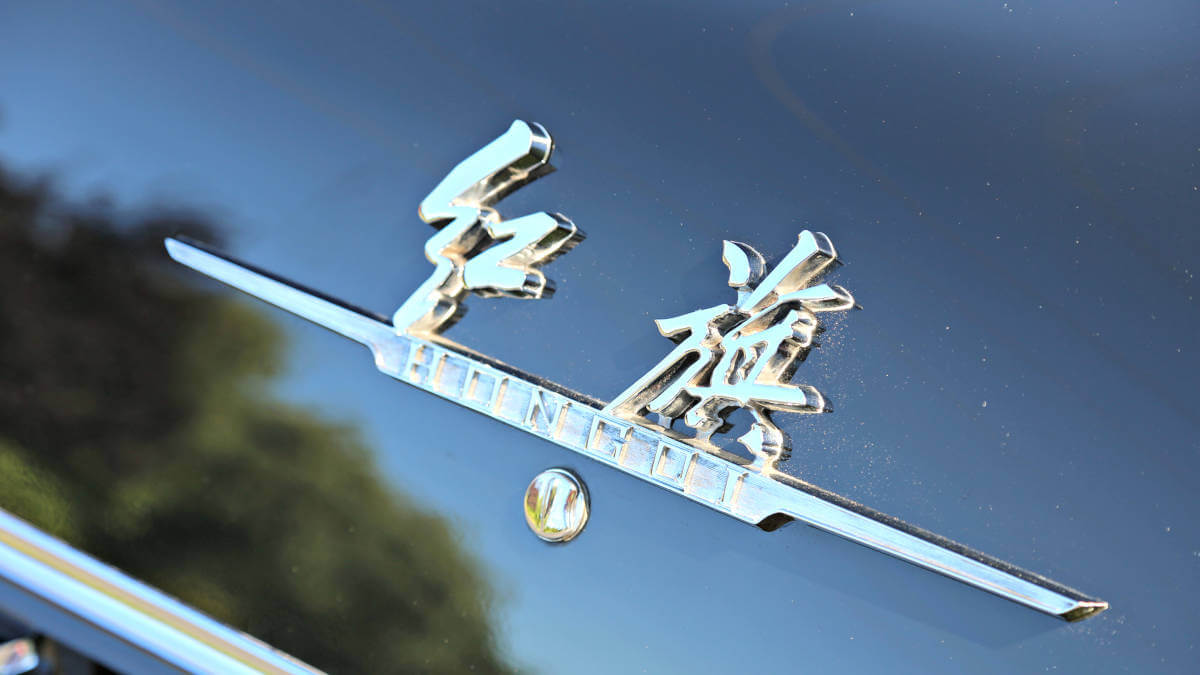



CA770 was built from 1966 to 1981
In November 1959, the production-ready CA72 was shown to the public for the first time. With only a few modifications, it remained in production until 1965. By then, 202 units had been built, including four convertible sedans as “inspection vehicles”. It took until April 1966 before a larger successor model, the CA770, was fully developed. The wheelbase grew from 3.39 to 3.72 meters, the exterior length from 5.73 to 5.98 meters. This allowed FAW to integrate two retractable jump seats between the rear bench and the front seats. On the outside, the body was designed to be more modern and businesslike, but still with the unmistakable influence of US design. The 5.6-liter V8 engine from the CA72 continued to power the car, the technical principles of which were rumored to be based on blueprints from Chrysler. By 1981, 847 examples had been built including a few full convertibles (CA770J), landaulets (CA770TJ), station wagons (CA770L), pickups and ambulances (CA770H). The Blackhawk Collection in the USA currently offers the car from our photo galleries for sale.
Images: Blackhawk Collection, Steve Natale Photography




